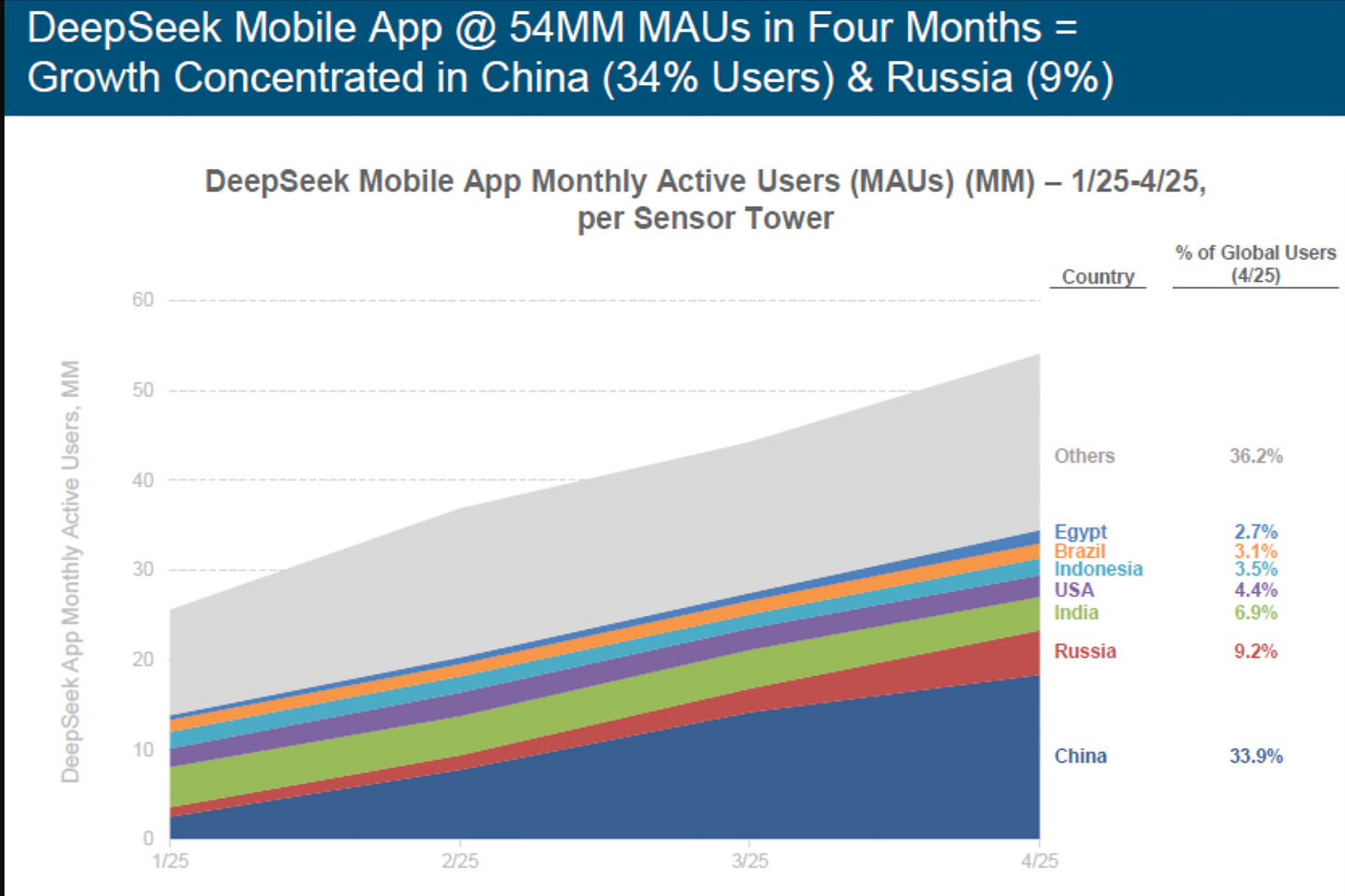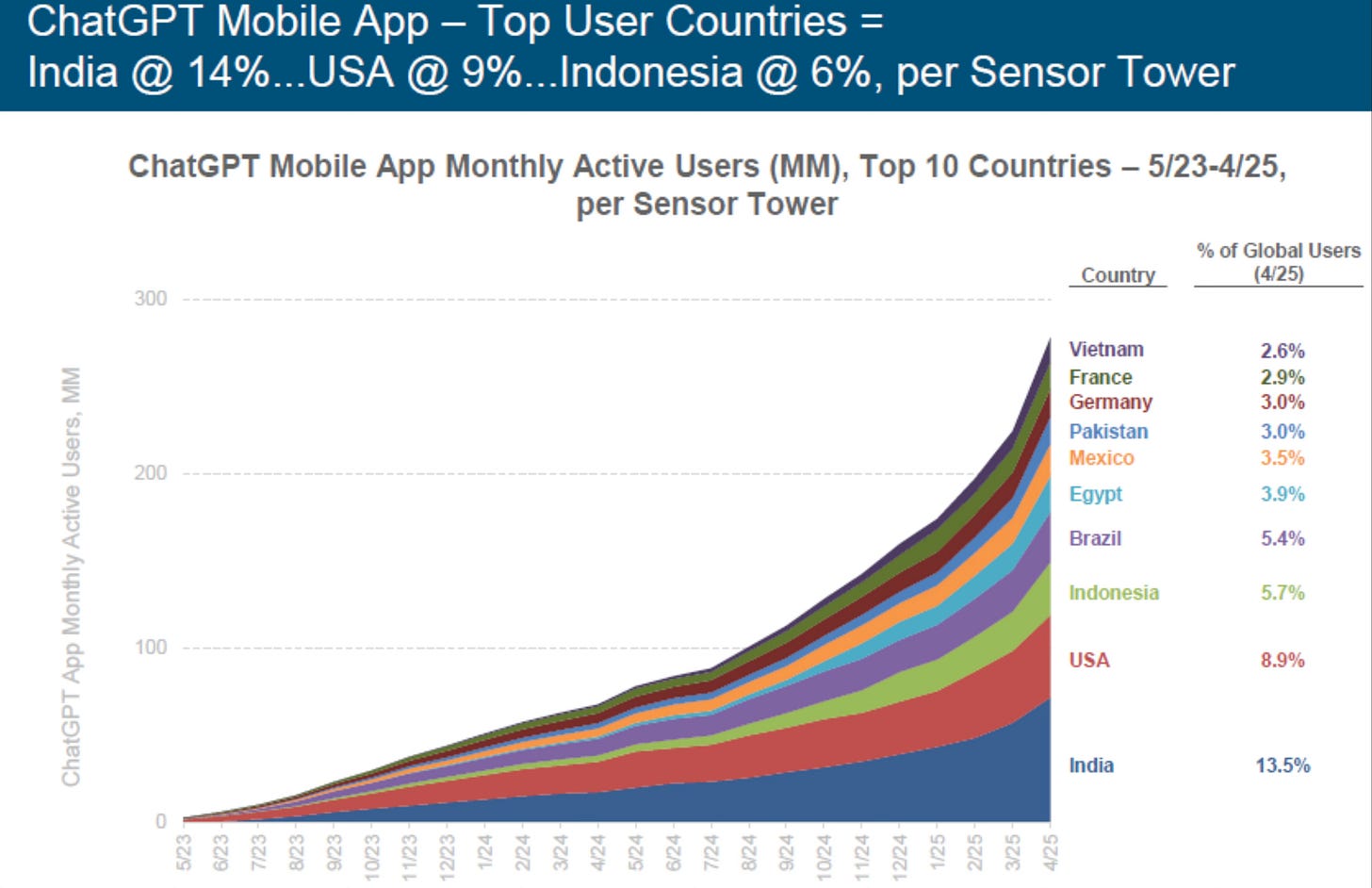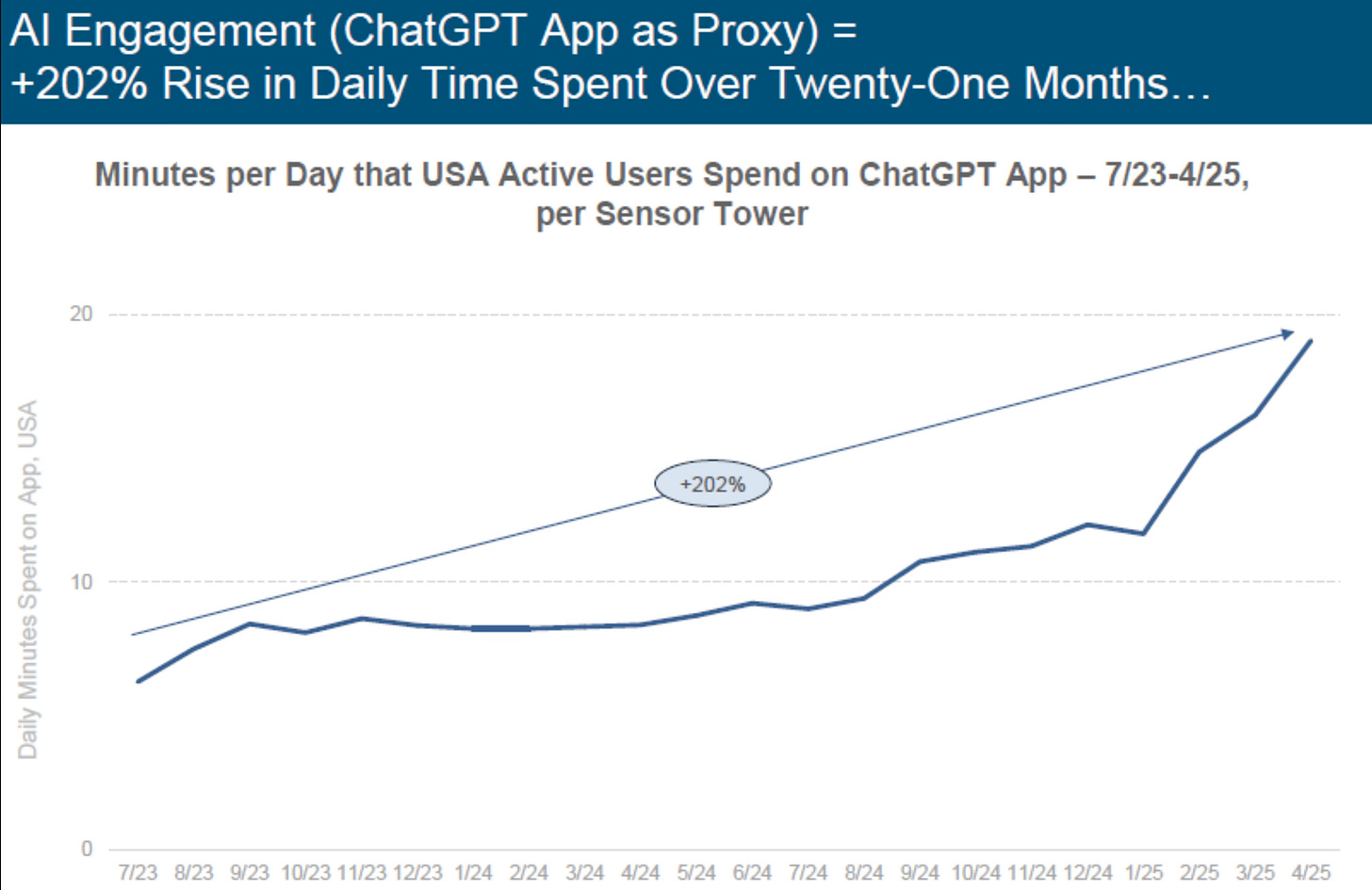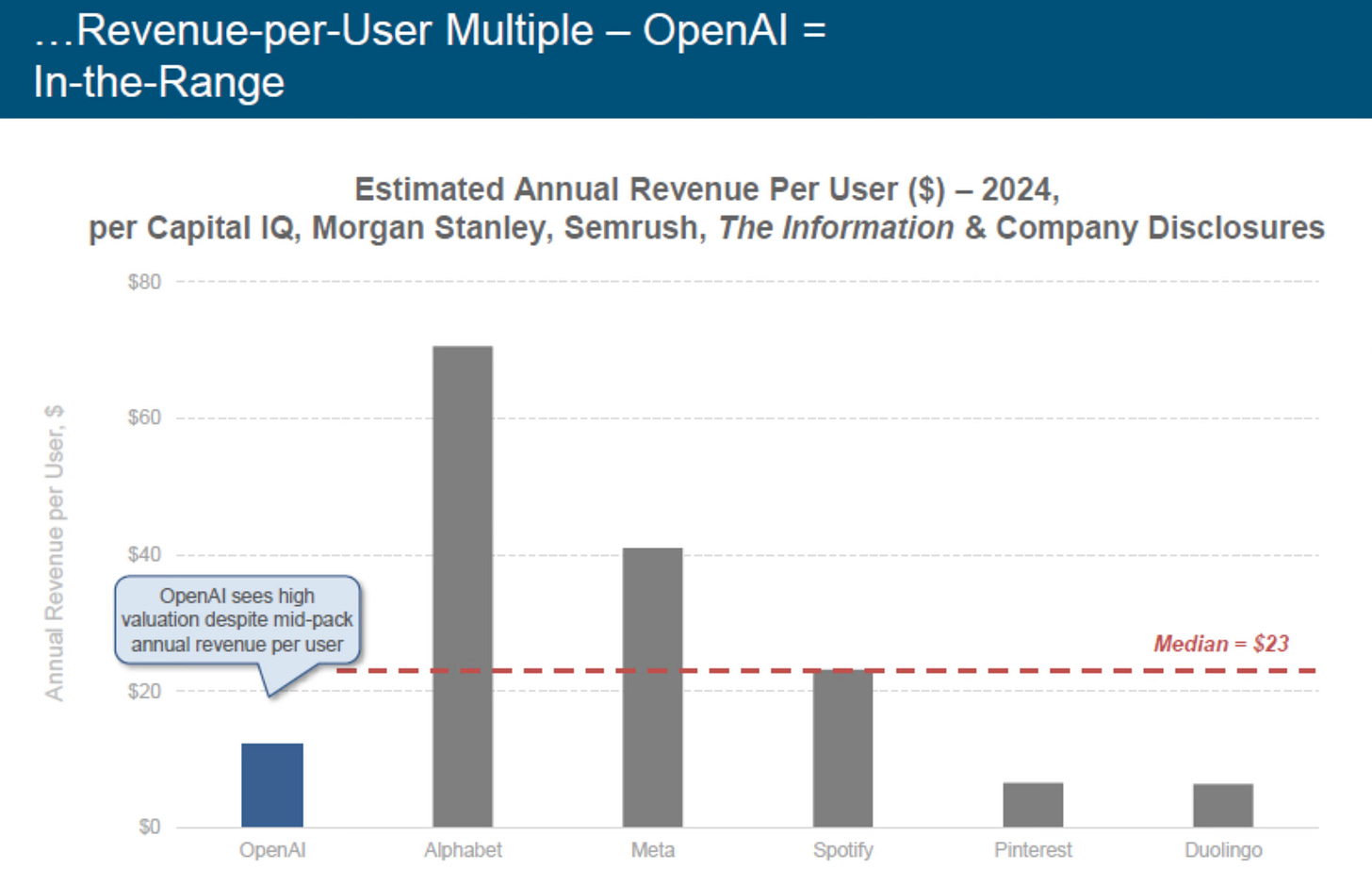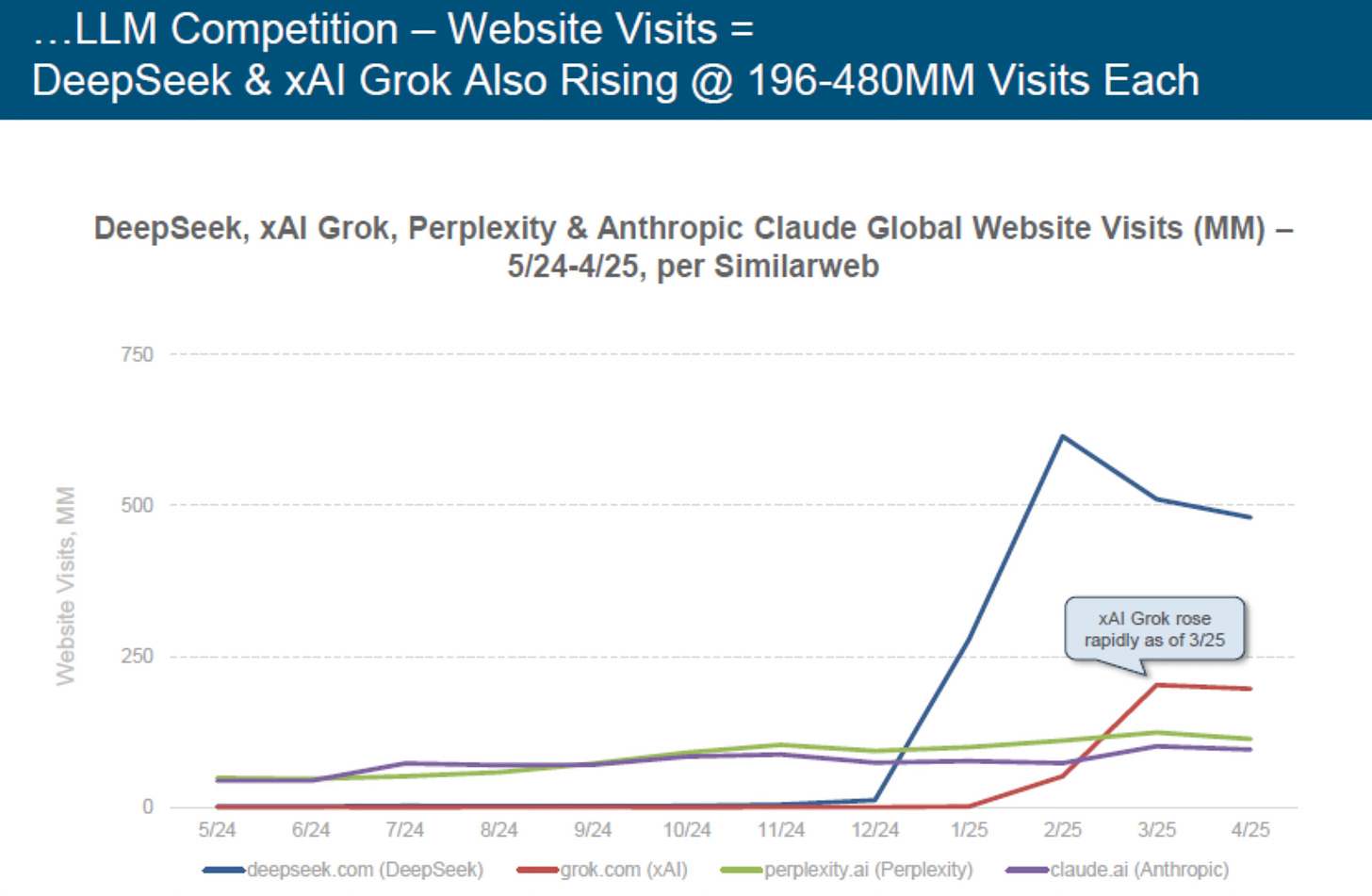Mary Meeker is back—and she has something urgent to say about AI.
If you’ve been around long enough to remember her Internet Trends reports, you know the drill: Meeker doesn’t make noise. She maps reality. Her slides weren’t just decks; they were doctrine in Silicon Valley. And now, after a six-year hiatus to build BOND Capital, she’s returned with a new 340-page AI Trends 2025 report. It’s part macro thesis, part market memo, and part survival guide. But above all, it’s a signal. AI is the new internet—and this is your dot-com moment.

“Knowledge is a process of piling up facts; wisdom lies in their simplification.”
Martin H. Fischer
A Track Record That’s Hard to Ignore
Meeker’s authority isn’t theoretical. As a former Morgan Stanley analyst, she helped take Netscape public in 1995, effectively kicking off the dot-com boom. At Kleiner Perkins, she led growth-stage investments in Facebook, Spotify, Square, Twitter, and Snap—before those names became dominant. And her Internet Trends reports, published annually from 1995 to 2019, were predictive long before it was fashionable. She called mobile dominance in 2008 (six years before it became reality), and predicted online ads would overtake print in 2000 (which happened by 2004).
Now she’s doing it again, but with AI.
India’s AI Surge and the Globalization of GenAI
One of the report’s most surprising insights? India has become a breakout force in AI adoption. The country is now the second-largest user base for ChatGPT’s mobile app, contributing over 13% of global traffic. More unexpected: India is also the #1 opt-in market for DeepSeek, a rising Chinese foundation model that’s quietly gaining momentum.
This isn’t just demographic gravity—it’s a signal that AI adoption is becoming a global behavior, not just a Western startup trend.
The Death of the Innovator’s Dilemma
For decades, we bought into the idea that incumbents were slow and disruptors were agile. Meeker disagrees. The Innovator’s Dilemma is dead in 2025. Incumbents aren’t lagging behind—they’re swallowing up the frontier.
Snowflake’s acquisition of Neeva. Microsoft’s Copilot integration across the entire Office stack. Zoom, Canva, and Databricks all embedding GenAI into their workflows. What was once disruption is now vertical integration. The legacy giants are behaving like AI-native startups—with billion-dollar war chests.
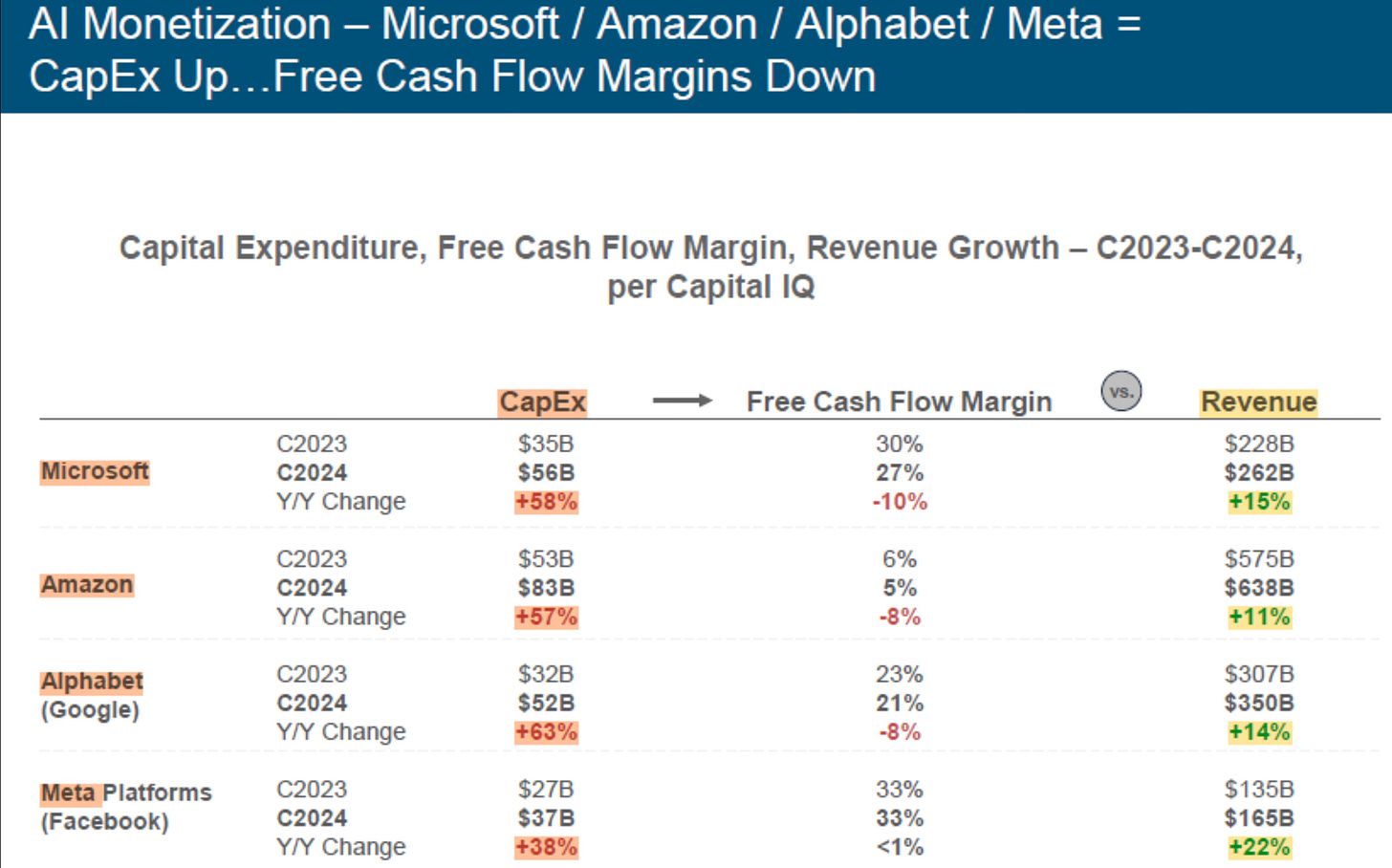
From Software to Intelligence: The Real Platform Shift
For most of the modern software era, enterprise tools followed a predictable pattern: build a niche solution, sell to a narrow vertical, scale up with sales. Think Toast for restaurants or Veeva for life sciences. That was vertical SaaS—precise, powerful, and profitable.
But Meeker draws a line through this model. She highlights a new wave: horizontal AI-native platforms. These tools aren’t built around departments. They’re built around cognition. They unify search, communication, productivity, and knowledge into a single intelligent interface—Slack meets Notion meets ChatGPT.
As a result, the monetization model is changing too. We’re moving from tools to outcomes. CRMs are morphing into automated deal flow. Service desks are being replaced by AI agents that resolve tickets before they’re submitted. The software isn’t just helping you work—it’s doing the work.
The Monetization Gap
Here’s where it gets tricky. While adoption is soaring—ChatGPT usage has doubled on mobile over the last two years—the business model is still catching up. Meeker calls this the AI engagement trap: tons of users, but low ARPU (average revenue per user). Without better pricing or higher utility, many AI startups risk becoming unsustainable. It’s a reminder that viral growth doesn’t always equal lasting value.
The Model Wars Are Just Beginning
OpenAI may be the current category king, but Meeker poses a brutal question: is ChatGPT the Google of this era, or the AltaVista? The rise of DeepSeek, Grok, Claude, and Mistral shows just how fragmented the frontier is. There’s no dominant design yet. The next 12 months will decide who leads—and who fades into GitHub history.
Speed Is the New Moat
The most powerful undercurrent in Meeker’s report isn’t technical—it’s philosophical. In the AI era, speed trumps scale. The companies that win aren’t the ones with the most engineers. They’re the ones that ship fast, test faster, and iterate in real time with real feedback.
And that’s where our work at Singular fits in.
Final Word: AI Is Not a Trend—It’s a Redesign
Mary Meeker’s report doesn’t just chronicle where AI is going—it frames how to build for it. Her legacy is seeing what others overlook. And right now, her message is simple:
The old rules don’t apply.
Software is collapsing into cognition.
Speed is the new moat.
And whoever learns fastest—wins.




